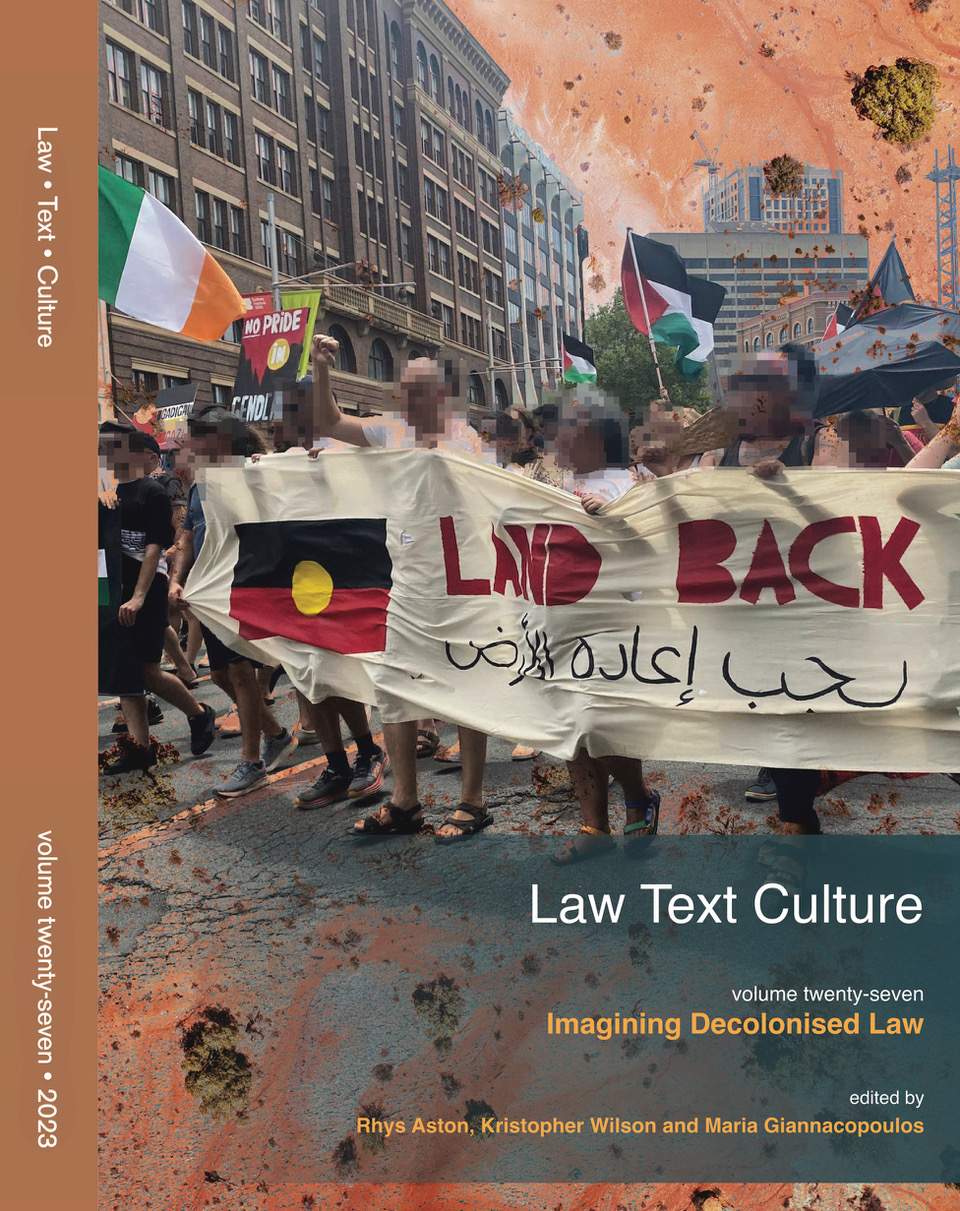Abstract
A legal trial, Felman states, ‘is presumed to be a search for truth, but, technically, it is a search for a decision, and thus, in essence, it seeks not simply truth but a finality: a force of resolution’ (1997: 738). The opening quote to my article reflects one scene of an attempt to support such resolution — that is, a search for knowledge of the ‘actual’ force required to injure a body, thereby eliminating or limiting speculation. Associate Professor John Hilton, a forensic pathologist and the former Director of the New South Wales Institute of Forensic Medicine (NSWIFM, also known as ‘the Glebe morgue’), made the remark on the Australian television program Sunday in March 2001, in response to a number of allegations, including that dead bodies in the care of the Institute were subject to ‘unethical’ forensic medical practice, such as ‘stabbing’ experiments, to reproduce or replicate injuries to the deceased. Public outrage followed his comments and, as a result of the allegations raised on Sunday, the then NSW Health Minister launched an independent inquiry into practices at the mortuary and Hilton was removed from his position as Director. The Inquiry report (‘the Walker report’) found that the majority of these experiments, conducted by a number of forensic personnel at the NSWIFM, were unlawful. Bret Walker SC conducted a careful analysis of the scope and meaning of the law that regulates post-mortem and anatomical examinations, including issues of organ and tissue retention and forensic experiments, and found it wanting (Walker 2001: 10).
How to Cite:
Scott Bray, R., (2006) “Fugitive performances of death and injury”, Law Text Culture 10(1). doi: https://doi.org/10.14453/ltc.607
Downloads:
Download PDF
View PDF
356 Views
985 Downloads

